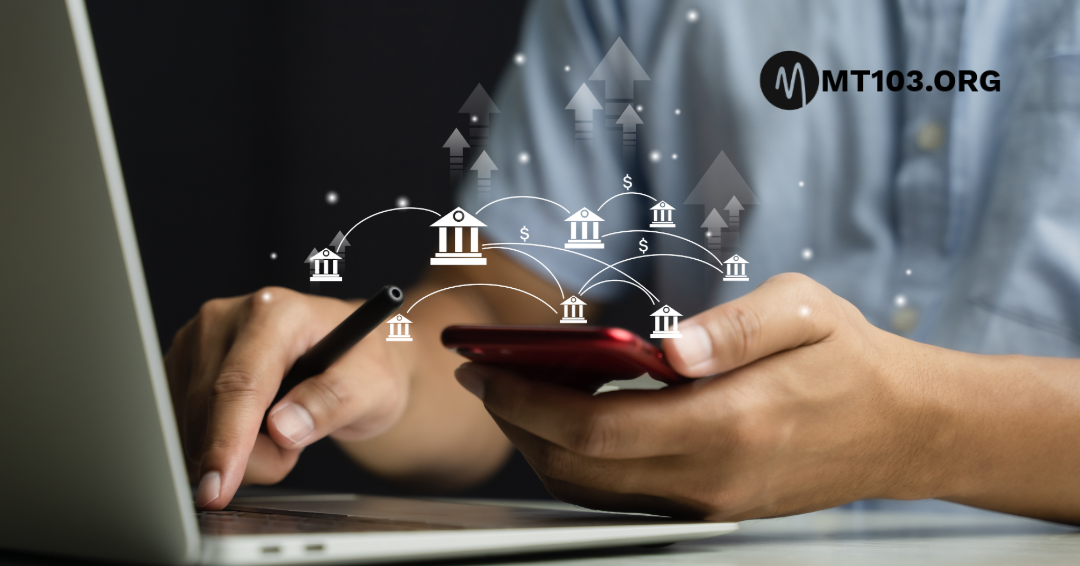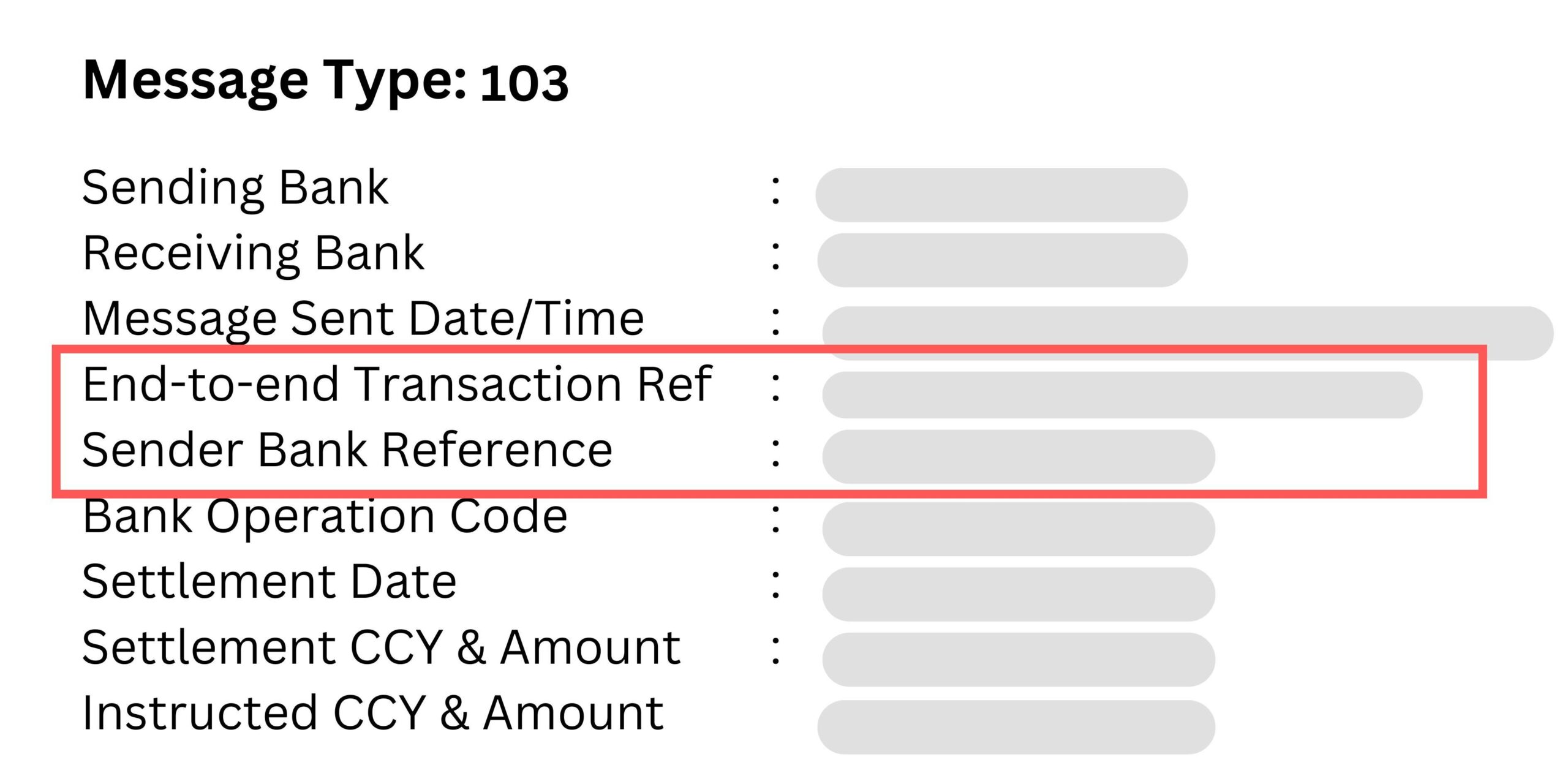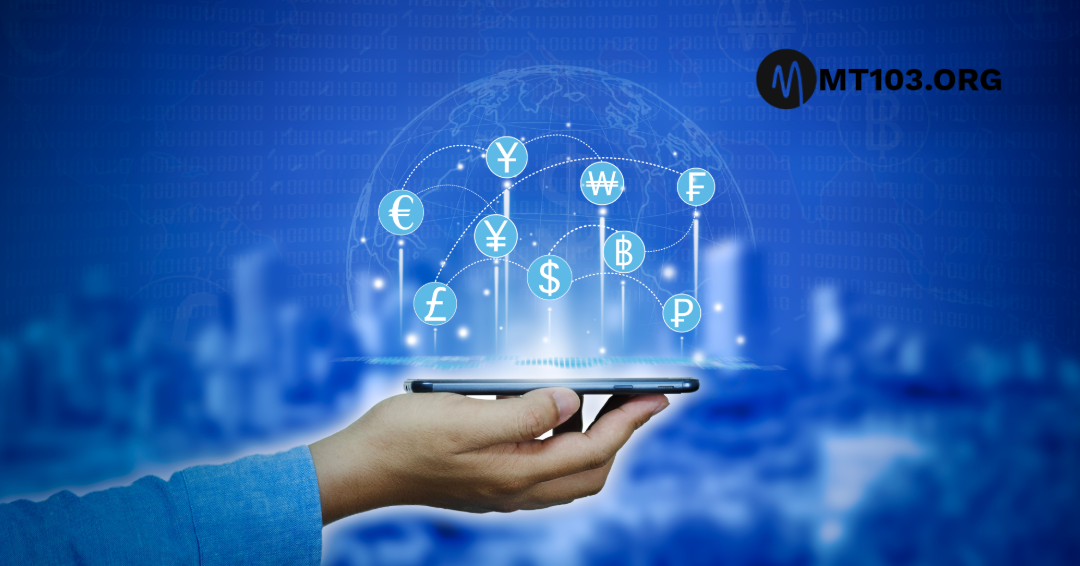Your cart is currently empty!
Tag: SWIFT Message Types
-

5 Steps to Obtain an MT103 Document
The steps to obtain an mt103 document are outlined on this article including how to do mt103 swift payment,
To perform an MT103 Swift Payment, you must first initiate an international payment through your bank or a financial institution that uses the SWIFT network, as this process automatically generates the MT103 message. After the payment is made, you request the MT103 document from your bank, as it is typically not provided unless requested. The process and cost for obtaining the document vary by institution, with some charging a fee while others offer it for free.
Steps to Obtain an MT103 Document
- Initiate a SWIFT Payment: Make an international transfer through your bank or a fintech company that processes SWIFT payments. The MT103 is generated automatically in the banking system once the payment is initiated.
- Request the MT103: Contact your bank or financial institution to request the MT103 document. This can often be done through their online banking service or by contacting customer support.
- Provide Details: You may need to provide details such as the date of the transaction, sender’s reference number, and other transaction-specific information.
- Receive the Document: Once requested, your bank will retrieve and provide the MT103 document, though this can take several business days.
Key Information on MT103 Documents
Purpose: The MT103 is a standardized SWIFT message that serves as confirmation of a payment made from your bank and contains detailed information about the transaction.
Tracking: The MT103 contains a unique identifier called the UETR (Universal End-to-End Transaction Reference) code, which helps in tracing the payment throughout the entire chain of banks involved.
When To Request: You might request an MT103 if your funds are delayed, if you need to review the transfer details, or for compliance purposes.
Take A Look At The Following Video

How Does MT103 Work?
When you initiate an international transaction, such as a telegraphic transfer or wire transfer, the software will prepare an MT103 document that includes all necessary payment details. These details include, but are not limited to:
- Your name
- Your recipient’s name
- Address
- Amount
- Currency
- SWIFT/BIC code.
The MT103 payment system securely sends this document through the SWIFT network, the dedicated messaging platform of it for financial institutions.
The beneficiary’s bank receives the MT103, verifies the information, and upon confirmation, credits the recipient’s account with the transferred funds, deducting fees as applicable. This is why you need the MT103 SWIFT payment software to personally use it for your benefit.
-

How to Track a Payment Using an MT103
Regarding how to track a payment using an MT103 SWIFT software, you can track a payment using an MT103 software, but pay attention for how to do it.
You will need the transaction reference number. This number works like a tracking code. Once you have it, your bank can trace the path of the payment

How to Track a Payment Using an MT103
If your bank uses a real-time tracking system called SWIFT gpi, they can provide live updates on where the money is during its journey. If they don’t use SWIFT gpi, they may only be able to confirm that the payment was initiated, processed, arrived, or rejected, without showing its real-time location but, don’t panic because the MT103 software uses swift GPI.
Steps to track a payment using an MT103:
- Get your MT103 document
- Find the transaction reference number
– Look at Field 20 (also known as Tag 20) or written as Sender Bank Reference
– You may also see a Unique End-to-End Transaction Reference (UETR), which is a 36-character identifier, consisting of both alphabets and numbers.

Use the reference number to track the payment:
– Enter the number into your bank or financial institution’s tracking tool if available. Below is an example of payment status tracking tool from Deutsche Bank.

If no tool is available, reach out to the banks. Keep the reference numbers ready.
How to Download MT103 Document with MT103
With MT103 software in your possession you will be uncontrolled, you don’t have to wait for your MT103 document for unending business days.
Immediately your transaction is completed, simply log into your account on the MT103 software and download the “Transfer Confirmation’ or ‘MT103 Document” whenever you need it.

If you want to track your payments you can also do that in real time in the software with few clicks, there is absolutely no need for you to scramble for documentations hunting for codes.
-

MT103 SWIFT message types
MT103 SWIFT message types are the format or schema used to send messages to financial institutions on the SWIFT network. The original message types were developed by SWIFT and a subset was retrospectively made into an ISO standard, ISO 15022. In many instances, SWIFT message types between custodians follow the ISO standard.[1] This was later supplemented by a XML based version under ISO 20022.
Composition of MT number
SWIFT messages consist of five blocks of data including three headers, message content, and a trailer. Message types are crucial to identifying content, all SWIFT messages include the literal “MT” (message type/text). This is followed by a three-digit number that denotes the message category, group and type. Consider the following two examples.
First Example Of MT103 SWIFT Message Types
MT103
- The first digit (3) represents the category. A category denotes messages that relate to particular financial instruments or services such as precious metals (6), treasury (3), or traveller’s cheques (8). The category denoted by 3 is treasury markets
- The second digit (0) represents a group of related parts in a transaction life cycle. The group indicated by 0 is a financial institution transfer.
- The third digit (4) is the type that denotes the specific message. There are several hundred message types across the categories. The type represented by 4 is a notification.
A MT304 message is considered an “Advice/Instruction of a Third Party Deal” and it used to advise of or instruct the settlement of a third party foreign exchange deal.
For example, an asset manager who executed a FX transaction with a broker would send a MT304 instruction to the custodian bank of the client.
Second Example Of MT103 SWIFT Message Types
MT103
- The first digit (1) represents the category. The category denoted by 1 is customer payments and cheques.
- The second digit (0) represents a group of related parts in a transaction life cycle. The group indicated by 0 is a financial institution transfer.
- The third digit (3) is the type that denotes the specific message. There are several hundred message types across the categories. The type represented by 3 is a notification.
A MT103 message is considered a “Single Customer Credit Transfer” and is used to instruct a funds transfer.
Below shows the different categories and the message type descriptions, the categories, message types and description Number of message types:
- 0 MT0 – System messages
- 1 MT1 – Customer payments and cheques 19
- 2 MT2 – Financial institution transfers 18
- 3 MT3 – Treasury markets 27
- 4 MT4 – Collection and cash letters 17
- 5 MT5 – Securities Markets 60
- 6 MT6 – Treasury markets – metals and syndications 22
- 7 MT7 – Documentary credits and guarantees 29
- 8 MT8 – Traveller’s cheques 11
- 9 MT9 – Cash management and customer status 21
ISO 15022 MT
Although ISO 15022 message types are different in their structure from the SWIFT MT, the naming convention remains the same, message types defined in ISO15022 “ISO15022 Data Field Dictionary – Index of Messages” ISO.
Where To Get MT103 Swift Payment Software
If you want to get the mt103 swift payment software kindly click here, use this software to pay for crypto P2P orders on any crypto exchanges, learn more here on how cybercriminals are using MT103 swift payment software to make millions. For further inquiry kindly contact support through the support button on site below.